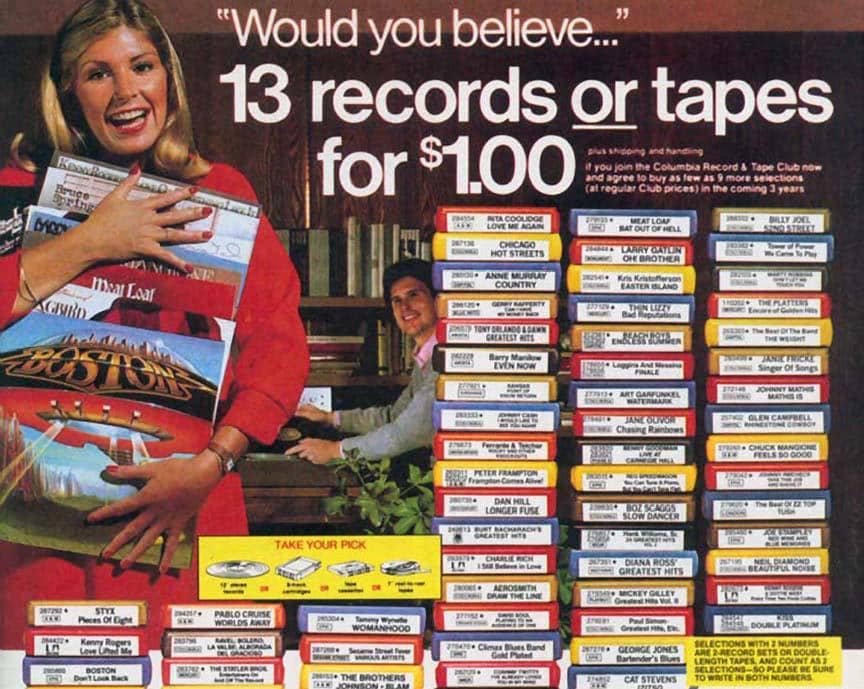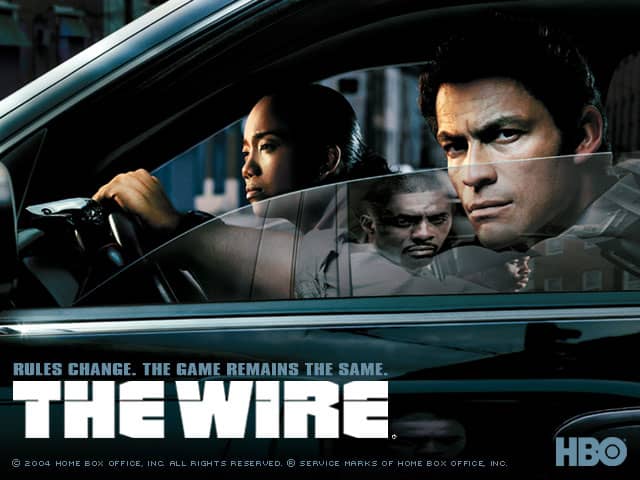The Final Note for Columbia House
Recently the anniversary of what proved an end of an era for music enthusiasts as Columbia House – arguably the most notable of the 1970s “record clubs” – since permanently closed its doors. The termination of the offer to purchase 11 albums for a single penny tugs at the heartstrings of those who recall the unique charm and magic encapsulated within vinyl records.
An Ode to Vintage Audio
Weeks ago, I ventured down a nostalgic path, mourning the undeniable loss of quality in modern audio systems compared to the robust “stereos” of yesteryears. The inaugural Boston album, played through a pair of 12-inch 3-way speakers powered by a minimum of 100 watts RMS, provided a transcendent audio experience. It’s challenging to find a contemporary rival to the immersive stereo sound produced by such setups – an experience that earbuds and compressed digital streams simply cannot replicate. Even contemporary artists like Taylor Swift and Beyonce, if pressed onto vinyl, would likely exhibit a richer sound when played through the classic Acoustic Research 3a stereo speakers compared to a Sonos stream.
The Artistic Appeal of LP Records
The true lament, however, extends beyond the physical vinyl and into the cultural artifact of the record album itself. The 12 x 12 canvas of the album cover not only offered a visual and informational complement to the music, presenting details about songs, musicians, and recordings, but occasionally, it also stood alone as a piece of art. Furthermore, the tactile interaction with the album — viewing it during playback — could elevate the listening experience, sometimes taking on a near-shamanistic quality, especially when the double album conveniently served as a rolling tray.
Cinematic Memories and Magic
Cameron Crowe, a former record critic for Rolling Stone who transitioned into filmmaking, masterfully encapsulated this enchanting experience in “Almost Famous”. The cinematic moment where the 13-year-old protagonist delicately places the needle on the Who’s “Sparks” resonated deeply with numerous music-loving baby boomers, perfectly depicting their shared, magical experiences.
The Enchanting Experience of Record Clubs
Columbia House Record Club was a gateway to this mystical world of music for many, including me. With the tantalizing offer of 11 albums for a penny, it made music accessibly magical for young enthusiasts. The countless hours I spent poring over Columbia House ads, contemplating which 11 records I’d secure with my precious penny, remain indelibly etched in my memory. The day the much-anticipated box, containing treasures like “The History of Eric Clapton” and “Elton John – Honky Chateau”, arrived at my doorstep was arguably one of the most exhilarating of my youth.
Coming of Age with Vinyl Records
Throughout my teenage years, albums became a constant companion. Engaging with album artwork and dissecting lyrical meanings while tunes played in the background provided solace and secret companionship. Albums like “Jackson Browne – Late for the Sky” and “The Who – Quadrophenia” were not merely music; they were emotional anchors through the tempest of high school.
In Conclusion: A Vinyl-Laced Legacy
Despite receiving criticism for their “negative option billing” practices, for many, record clubs like Columbia House provided not just an expansive collection but also exposure to new music in a pre-Spotify era. Though my first experiences with these vinyl treasures were on my parents’ cumbersome Magnavox console system, the purity and quality of the sound were incomparable.
The legacy of Columbia House, and more broadly the vinyl record era, transcends mere music delivery, intertwining deeply with personal histories, memories, and the very fabric of a generation’s coming-of-age narrative.





